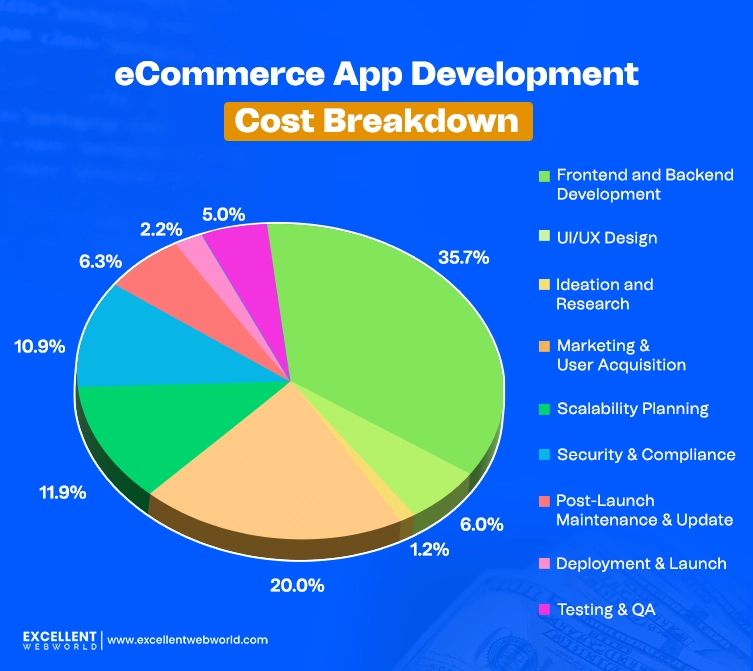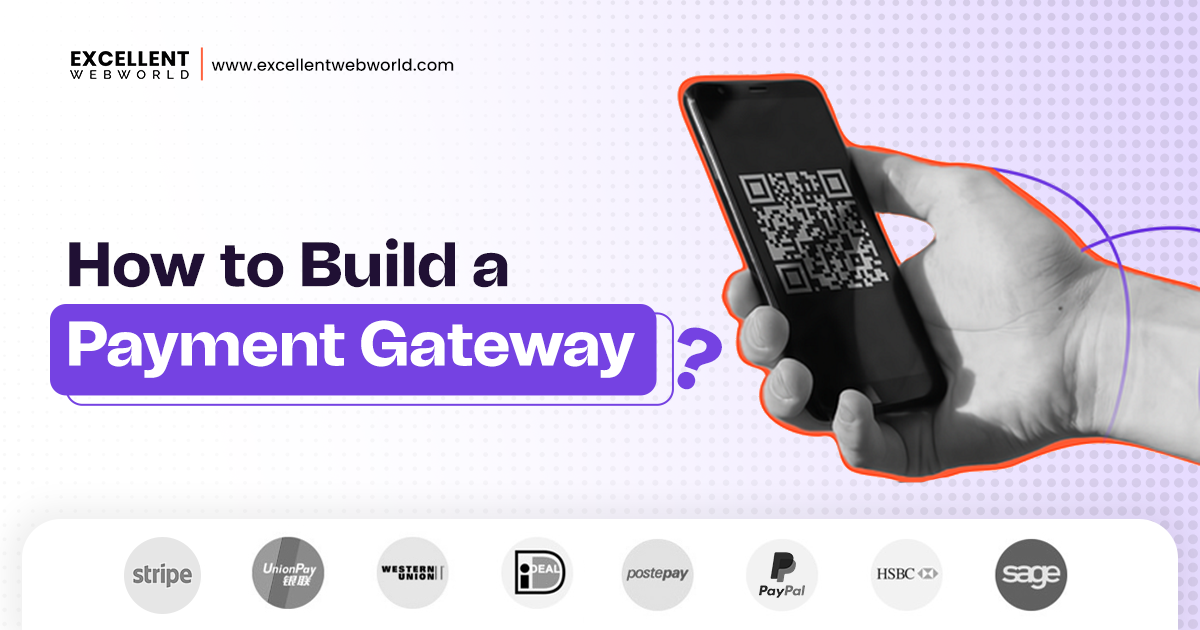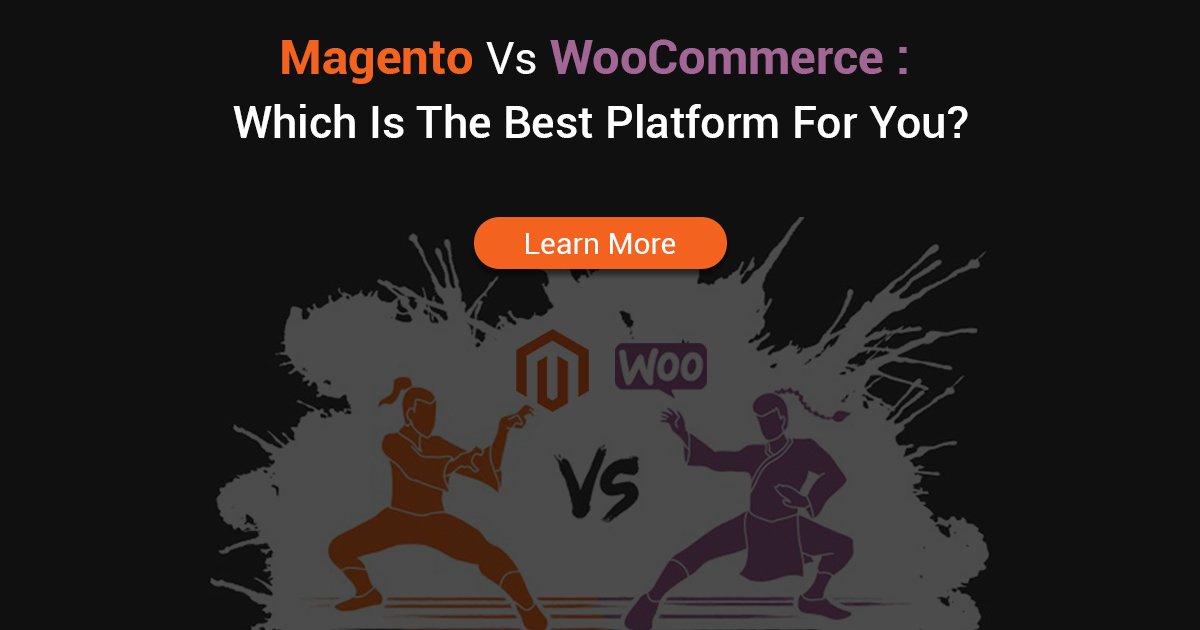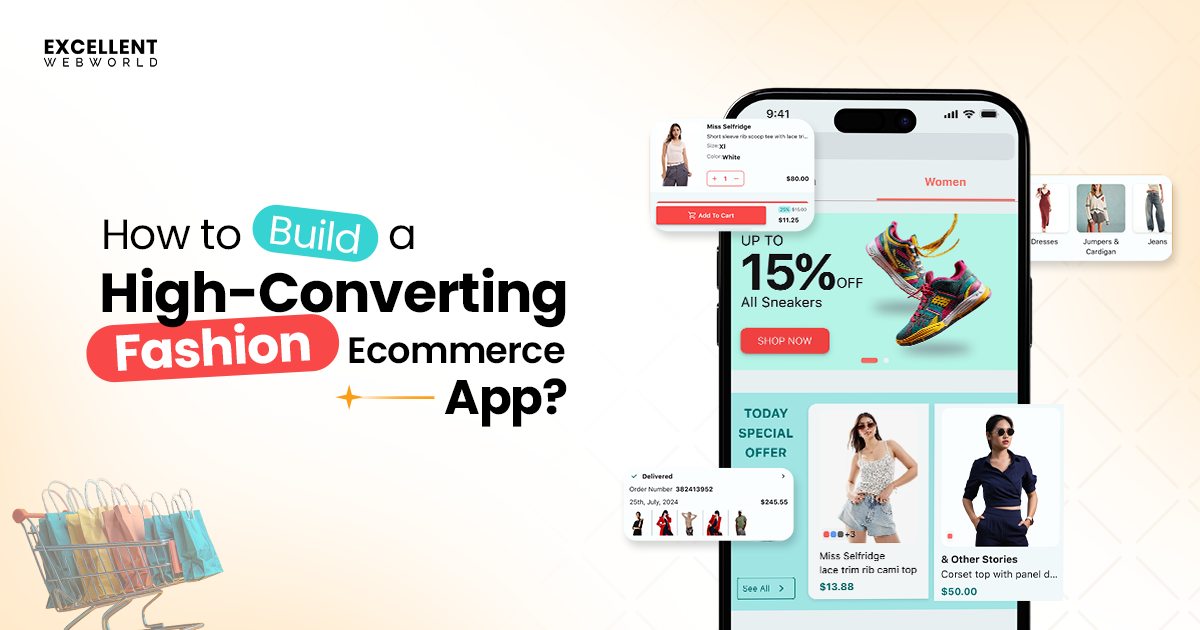Are you worried about the cost of eCommerce app development holding you back?
You’re not alone — many entrepreneurs face the challenge of budgeting for app development. The last thing anyone wants is a surprise mid-project hiatus! Like the cost of developing that first app ballooning to over 50%!
The unexpected mid-project cost spikes can derail progress. These unforeseen expenses can make a promising project a financial headache, especially if you’re already working with a tight budget.
So, you need continuous innovation without breaking your wallet!
Our team of experts has curated a comprehensive guide on eCommerce mobile app development costs. It includes cost breakdown, factors affecting the expenses, and ways to optimize them. This will help you get the basic idea so you’re prepared etc etc etc, write something like that to motivate them to read instead of leaving it just like that.
Why Invest in eCommerce App Development?
Almost every business tends to brainstorm and research for the perfect business idea, one that meets the current consumer trends. There is no looking back on the big boom in the mobile app market. For example, in 2024, retail eCommerce sales exceeded 4.1 trillion USD worldwide.
Fewer people have reservations about spending online now. Hence, the number of online shoppers will rise exponentially in the coming years. Here are some of the other reasons why one should invest in eCommerce app development:
How Much Does eCommerce Mobile App Development Cost?
Developing an eCommerce app involves making important decisions on the type of platform, hiring a developing team, the size of the app, and much more. To better understand how much it costs to build an eCommerce mobile app, one must consider a wide range of factors. But first, let’s break down how your decisions affect the price:
OS Platform – Android or iOS:
The cost differs based on your chosen platform, like iOS or Android. Many manufacturers provide Android devices, requiring more testing and verification. There are several factors to consider prior to selecting the platform, and the cost is one of them. The eCommerce mobile app development cost differs for each platform.
| Cost Category | iOS App Cost | Android App Cost |
|---|---|---|
| Basic app | USD 21,000 – 35,000+ | USD 18,000 – 30,000+ |
| Intermediate app | USD 35,000 – 45,000+ | USD 30,000 – 40,000+ |
| Complex app | USD 45,000+ | USD 45,000+ |
Closer Look At The Development Cost:
The eCommerce mobile app development cost tends to vary from USD 18,000 to USD 150,000 and can even exceed this range. The type of features and their complexity usually dictate the total development cost.
However, the development stage, especially the backend development, accounts for a significant portion of the budget. Besides this, the eCommerce app design cost and app maintenance cost also tend to be high. A cost breakdown is shown in the image below for a better understanding.
Off-shore or On-shore Developers:
Businesses can either opt for on-shore development or hire off-shore app development companies. This is a significant decision since it will drastically affect the overall eCommerce mobile app development cost. For example, a startup in the USA can lower its initial investment by outsourcing its eCommerce app development to an off-shore company in India. The table below provides more clarity on the cost of development depending on the region:
| LOCATION | COST |
|---|---|
| USA | USD 150,000 – 250,000+ |
| India | USD 20,000 – 120,000 |
| Ukraine | USD 70,000 – 2,00,000+ |
| Mexico | USD 40,000 – 2,00,000+ |
Low Initial Investment with MVP:
By opting for a version of the eCommerce app with only the essential features and building a Minimum Viable Product, it is possible to reduce the development costs. With MVP development services, the cost can start from as low as USD 20,000 and go up to USD 40,000 or more, enabling you to launch faster, save resources, and test the market with minimal features.
Check out this video to learn how MVP can streamline app development for startups
Strategic Tech-Stack:
Developing an eCommerce app involves frontend and backend development. Many options are available; hence, the choice of technology will also affect the cost. Besides this, several other technologies are used, such as cloud computing and AR/VR, for advanced features. They also contribute to the overall eCommerce mobile app development cost.
What Factors Influence eCommerce Mobile App Development Cost?
Many firms outsource their software development requirements; hence, the eCommerce app development cost varies depending on the mobile app development company they select. The IT outsourcing market revenue is expected to cross USD 591 Billion in 2025, providing some perspective.
The factors mentioned below provide a better understanding of the various elements that affect eCommerce App Development and how accounting for them will ensure you can create the perfect budget:
1. Type of App:
The sky’s the limit when it comes to developing an eCommerce app. However, there are three main types of apps, and their unique characteristics influence the overall cost of development:
2. Platform Choice:
The popular platform options include developing native apps for (Android or Apple) and cross-platform apps for multiple platforms. Native apps offer superior performance as compared to cross-platform apps, and at the same time, they also tend to cost more.
3. Features:
Every eCommerce app will include basic features like user registration, login, search, shopping cart, checkout, and payment gateway. However, considering the stiff competition, the app must include several custom features to ensure it stands out. Hence, the cost is directly proportional to the number of features, their complexity, and the use of advanced technologies.
4. UI/UX Design:
The mobile app user interface is crucial to the success of any application. Building custom designs and interactive and intuitive interfaces requires more time and cost.
A fitting quote from Jeff Bezos, founder of Amazon – If you do build a great experience, customers tell each other about that. Word of mouth is very powerful.
5. Development Team Location:
The geographical location of the development team you outsource to dramatically impacts the overall eCommerce mobile app development cost. This is because there is a vast difference in the development cost in the USA compared to that in several Asian & Eastern European countries.
This video is for you if you wish to explore the dedicated development team option:
6. Third-Party Integrations:
Incorporating third-party services eliminates the need to build functionality from scratch, saving time. At the same time, the type of APIs and external modules used also affect the cost (integration & testing). For example, the payment gateway integration cost will vary depending on the payment gateway you choose.
7. Technologies:
New technologies are being introduced frequently. The technology stack for developing the eCommerce app, including the advanced technologies you use, will influence the overall eCommerce mobile app development cost.
8. Quality Assurance:
The testing phase is critical. However, not every development firm gives it the necessary weightage. The cost of testing, the technique used (automated, manual), and technologies affect the cost.
9. Maintenance and Updates:
With rising competition and the increasing threat of cyberattacks, updating the eCommerce app regularly is essential. The cost of maintenance and updates may vary depending on whether you are modifying an existing feature, adding new features, or updating it with security updates.
Strategies to Optimize eCommerce App Development Budget
Businesses must consider various factors when estimating the budget for an eCommerce app, as mentioned in the previous sections. Here are several strategies to help you optimize your app development budget further:
Prioritize Core Features
Effective Project Management
Hire the Right Development Team
Real-world eCommerce Platforms Success Stories
Here are a few case studies of highly successful eCommerce platforms that have adopted various strategies to limit their initial investment. These stories showcase strategic approaches to budgeting, prioritization, and leveraging technology to maximize returns:
1. Amazon: Incremental Development and Scalability
2. Wish: Focused User Base and Cost Management
3. Zappos: Early Adoption of MVP Approach
4. Skriti: Lean Statup Approach
A client in Texas, USA, trusted Excellent Webworld with their requirements to develop an eCommerce app quickly. The app mainly aimed to sell Indian apparel in the US market.
A fitting quote: “You can’t just open a website and expect people to flood in. If you really want to succeed, you have to create traffic.” – Joel Anderson, Walmart CEO
These success stories underscore that effective budgeting, innovative strategies, and a focus on user needs are critical to managing eCommerce mobile app development cost. Incorporating the benefits of AI in eCommerce, such as personalized recommendations and automated customer service, can also be a key strategy for success. Whether it’s starting lean, leveraging open-source tools, or integrating innovative features, businesses can achieve significant success without exceeding their budgets. By studying these examples, you can adapt proven strategies to ensure success.
eCommerce Mobile App Development Trends
The cost to develop a mobile app depends on a wide range of factors, including the company’s size. However, here are a few trends to help you gain an insight into the state of the eCommerce app market:
Cost-Effective Solution With Excellent Webworld
All businesses (startups & enterprises) must understand the various factors affecting the eCommerce mobile app development cost. The different sections of this article are meant to do just that. It also explains that cutting costs is not about settling for compromising quality.
On the contrary, it is about making wise decisions throughout the development process. It also means hiring a professional mobile app development company. Excellent Webworld is one such company with over 10 years of experience. We have a dedicated team of mobile app developers with expertise in many technologies.
Additionally, we implement the latest technologies and have the necessary resources to build cutting-edge solutions. Get in touch with us to learn more about custom eCommerce solutions.
The table below explains in more detail the benefits of outsourcing to Excellent Webworld.
| Excellent Webworld | In-House | Freelancer | |
|---|---|---|---|
| Weekend Support | Yes | No | No |
| Dedicated Resources | Yes | Yes | No |
| Termination Cost | No | High | No |
| Project Manager Cost | No | High | No |
| Query Support | 24×7 | High | No |
| Time to Start a Project | 1 Day – 2 Weeks | 2 – 10 Weeks | 1 – 10 Weeks |
| Hiring Model | Monthly, Part & Full Time | Full Time | Weekly, Hourly |
| Recurring Cost of Training & Benefits | 0 | 10k – 30k USD | 0 |
| Time to Scale Size of the Team | 48 Hours | 4 – 16 Weeks | 1 – 10 Weeks |
| Availability 24×7 | Seamless | Seamless | Uncertain |
| Agile Development | Yes | Maybe | No |
| Free Trial | 7 Days | No | No |
FAQs
It can take as little as 3 months to develop an eCommerce app. However, a more complex one can take over 1 year.
Develop an MVP (Minimum Viable Product) solution to reduce the development cost and time. It is the ideal way to test a new idea and explain it further with more features.
Users from the 25-34 age group are the ones who utilize mobile apps to shop online the most.

Article By
Mayur Panchal is the CTO of Excellent Webworld. With his skills and expertise, He stays updated with industry trends and utilizes his technical expertise to address problems faced by entrepreneurs and startup owners.




